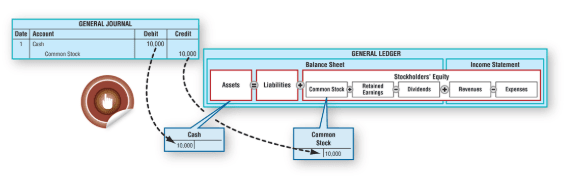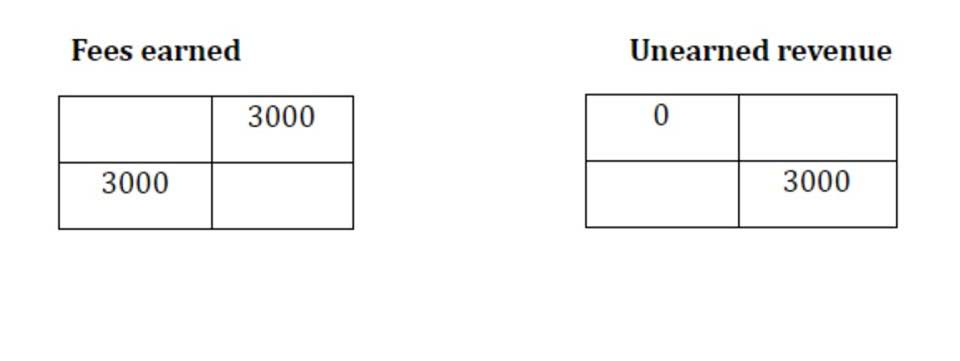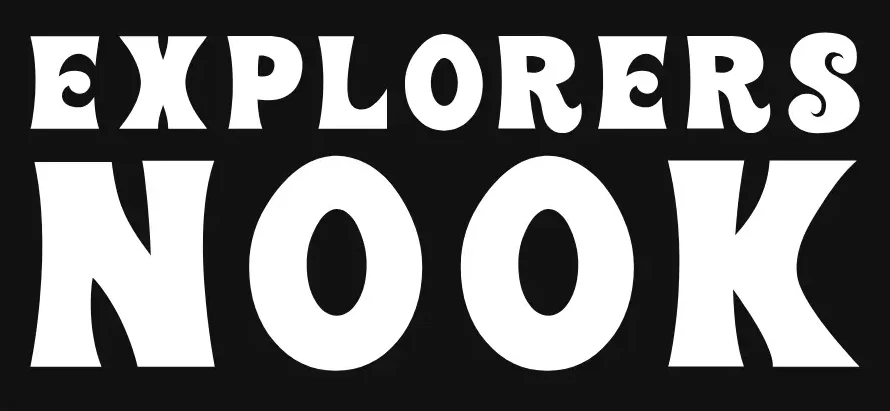Cost Control 101: Optimize Your Project Expenses 2025

Based on the analysis data, companies can identify areas of financial discrepancies, explore potential root causes, and develop a solution. Even if you develop a steady cost-control plan, factors outside the company’s control can disrupt it. A survey found that 40% of executives feel unprepared for the market disruptions of 2025. And it’s no surprise—industry swings, currency fluctuations, and sudden price increases can throw your cost management system off balance. Global geopolitical events and natural disasters are particularly devastating since businesses are often hit with unexpected costs during these trying times. Properly implemented cost-control strategies can help the company reduce spend leakages, find cost-saving opportunities, and spend less on low-priority needs, which, in turn, improves profitability.

Expense Tracking
These areas represent the major cost drivers in most businesses and are critical to https://www.bookstime.com/ managing costs effectively. Cost control is the process of managing costs to ensure that they remain within the budgeted amount, while cost reduction is the process of reducing costs to improve profitability. Cost control focuses on managing costs over time, while cost reduction focuses on reducing costs in the short term.
cost control measures to optimize your business
Without a time management system, the average worker spends 51% of every workday on low- to no-value tasks. All costs can be grouped into the following 4 categories, the sum of which makes up the total cost of production. In the business world, taking care of one’s bottom line is fundamental for the pursuit of sustainable profitability, growth, and development.
Strategies for Cost Control

Value-based pricing focuses on the value or benefit the client receives rather than the cost of the project itself. This estimation method is ideal for projects where the outcome has a high perceived value, regardless of the actual cost of delivery. A successful project ends close to (but under) the forecasted project budget. If you spent too much money, you either underestimated your project budget or had too many unforeseen expenses. If this happens, hold a project post-mortem meeting to evaluate why that happened and prevent it from happening in the future.
What is the Difference Between Cost Control and Cost Management?

To make your cost control measures effective, you need to begin by identifying and categorizing your cost controls costs, and developing a proper bookkeeping and accounting system. Create a detailed budget and regularly review actual costs against the budgeted figure to understand how they match up. Indirect costs are expenses that don’t vary much when the output of goods or services changes, so they tend to be fixed. Indirect costs also are called overhead costs or selling, general, and administrative (SG&A) costs. Examples include office rent, business insurance, payroll management, and administrative staff salaries. Cost-control efforts often target indirect costs first because they tend to have less effect on a business’s production of goods or services.
- This makes it more difficult to pinpoint the areas where costs can be reduced and processes streamlined.
- Creating a budget starts by allocating costs to each task on the project schedule.
- We will show you how to use your data and information to evaluate your spending habits, patterns, and trends.
- Not only do you get a cost estimation out of this, but it will also help you recognize areas where efficiency can be improved.
Company

For many businesses, layoffs are seen as a necessary cost control measure because they allow them to reduce outgoing cash flow while reformulating hiring strategy around a new growth plan. Whether or not layoffs should be used as anything more than a last ditch option is debated. A lack of attention towards costs, or a failure to understand how best to control costs can have serious negative consequences for businesses. The five areas of focus for cost control are labor, materials, overhead, marketing, and distribution.
The data can be obtained from various sources, such as financial reports, surveys, audits, reviews, feedback, and observations. The data should be compared with the established standards and benchmarks, as well as the expected outcomes and objectives of the cost control system. The data should also be presented in a clear and concise manner, using visual aids such as charts, graphs, tables, and dashboards. Benchmarking is the process of comparing your performance, processes, and practices with those of other organizations, either within your industry or across different sectors.
How to Plan, Monitor, and Control Costs in a Project or Business?
Depending on how big your team is, you may what are retained earnings have different people working on resource planning and budgeting. This method involves estimating costs based on historical data from similar projects. It uses factors like the size, complexity, and duration of the project to calculate the expected costs. Factor estimation is a quick way to get a rough idea of project costs, but it may not be as accurate as other methods. Keeping track of your earned value can help you predict the financial outcome of a project.
